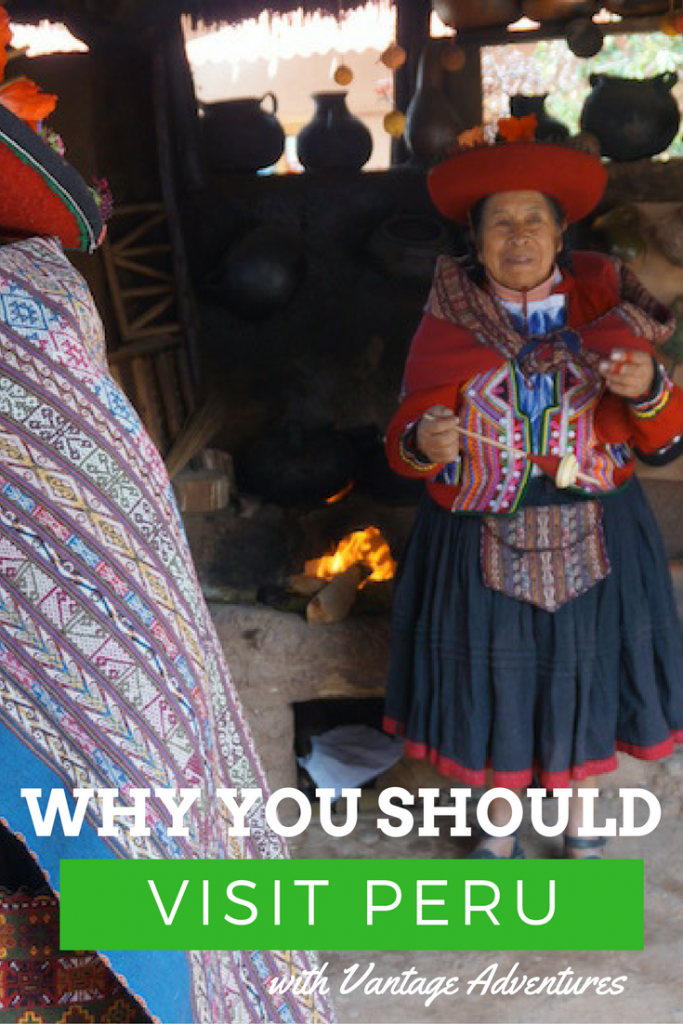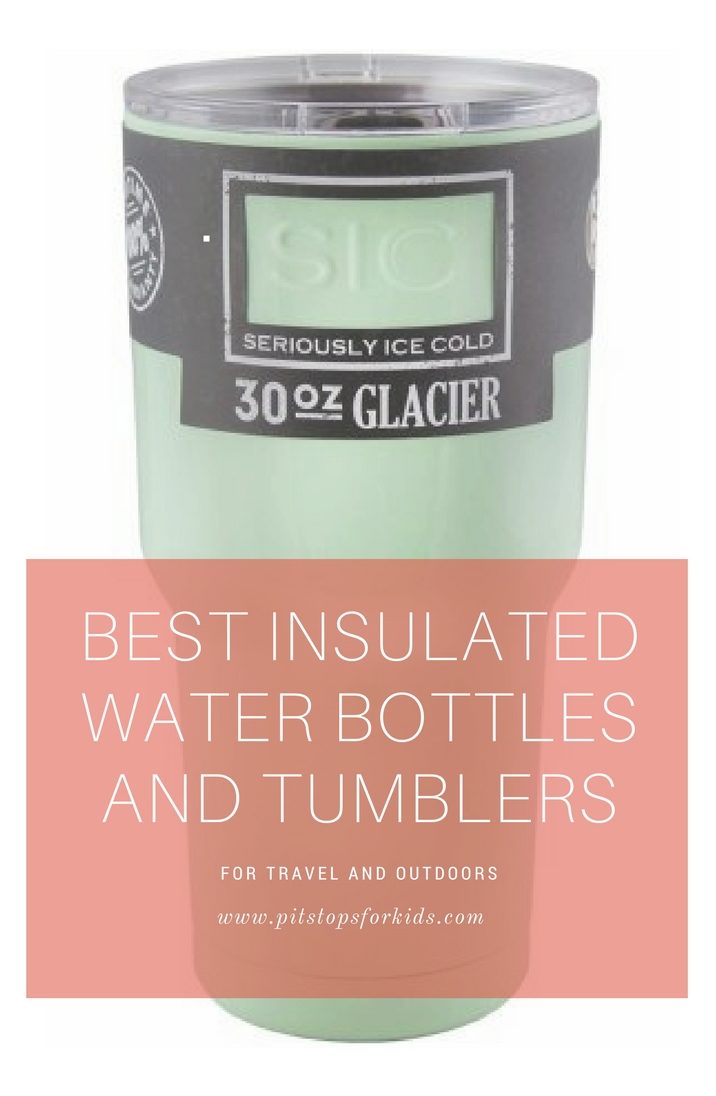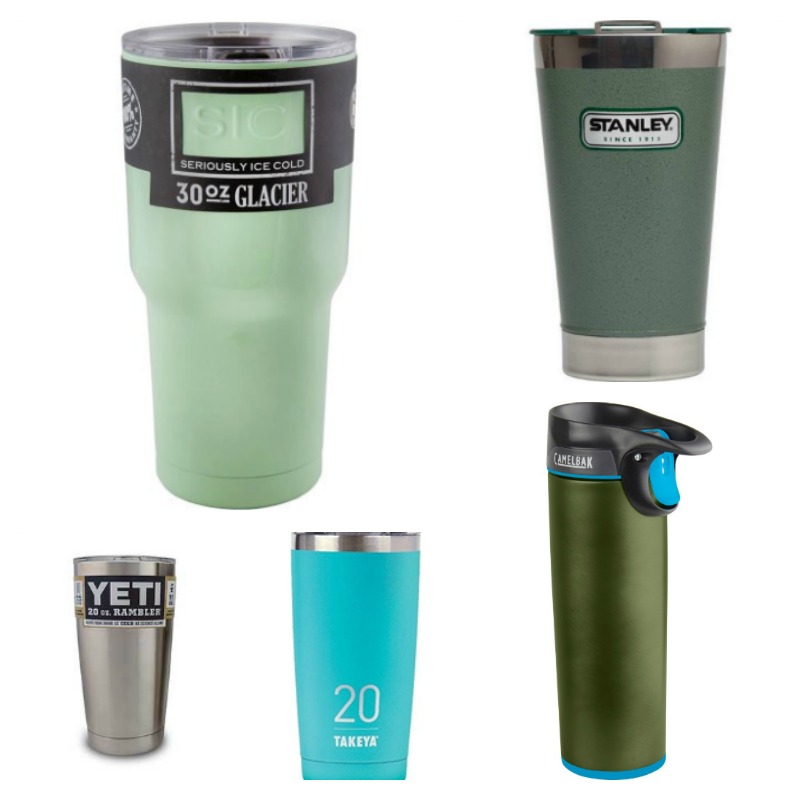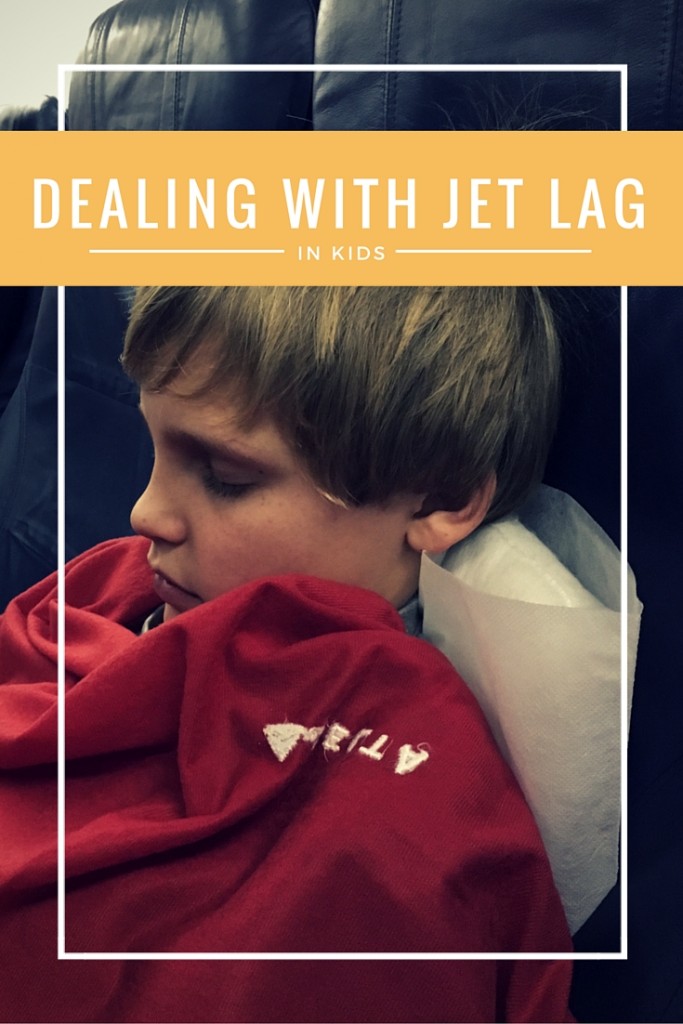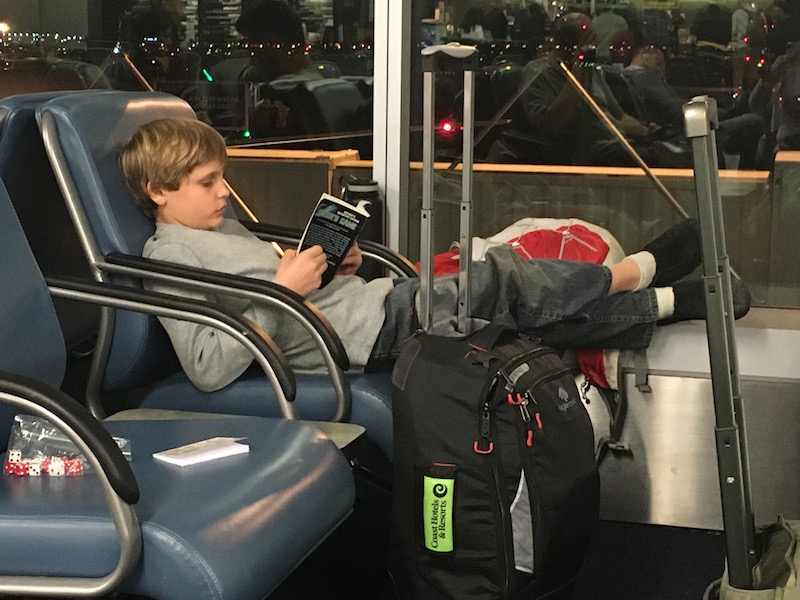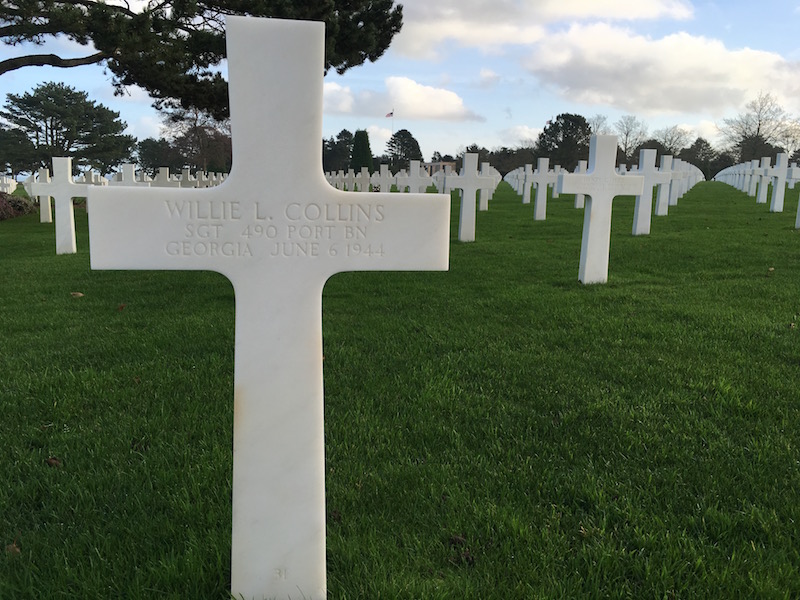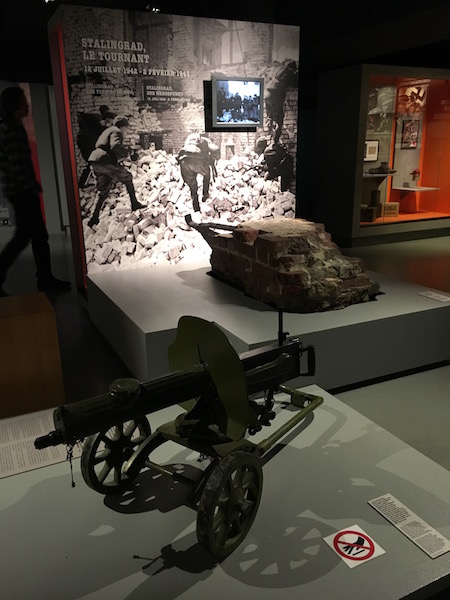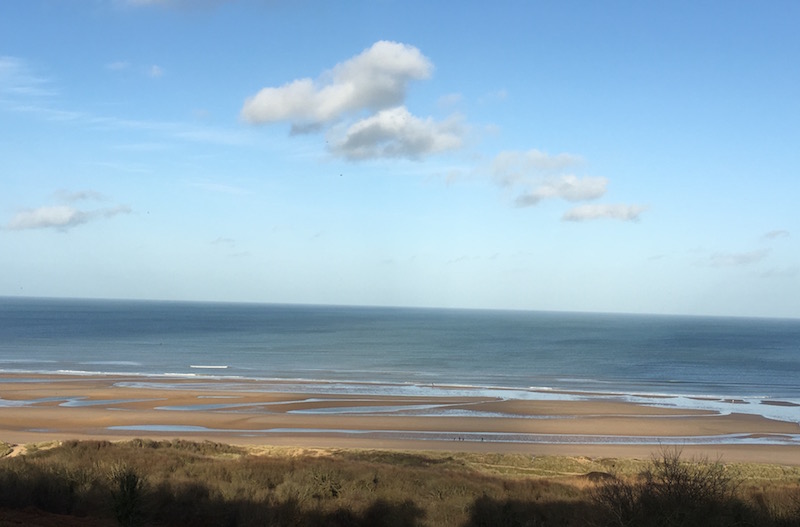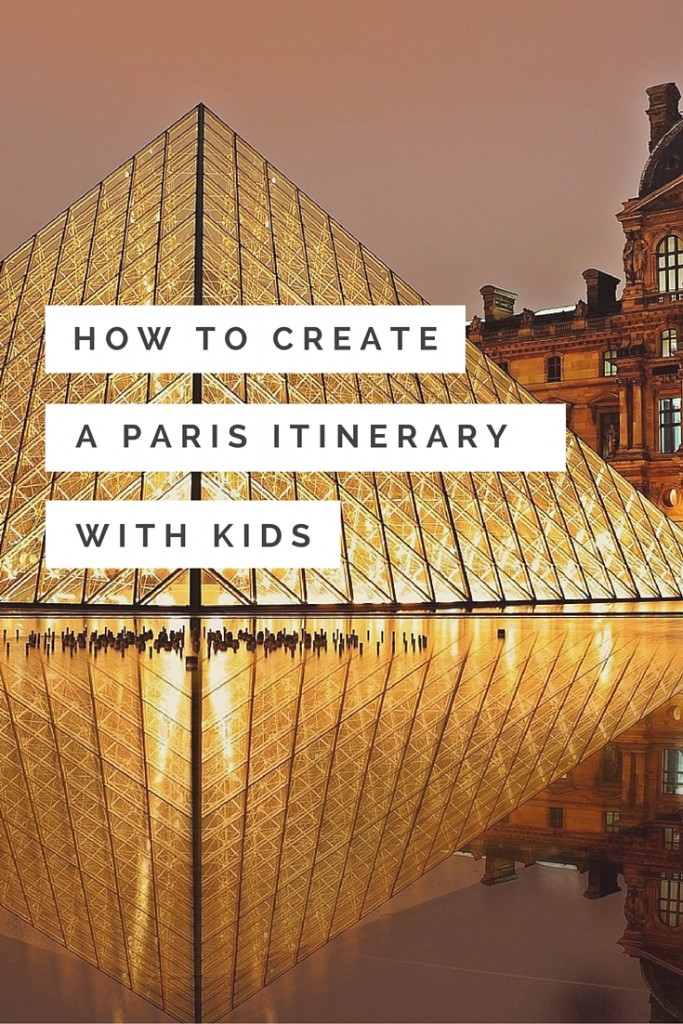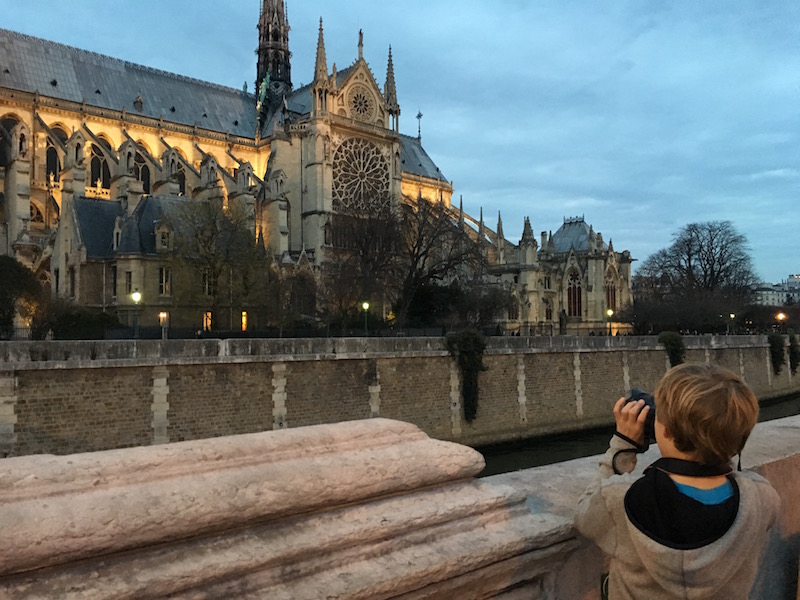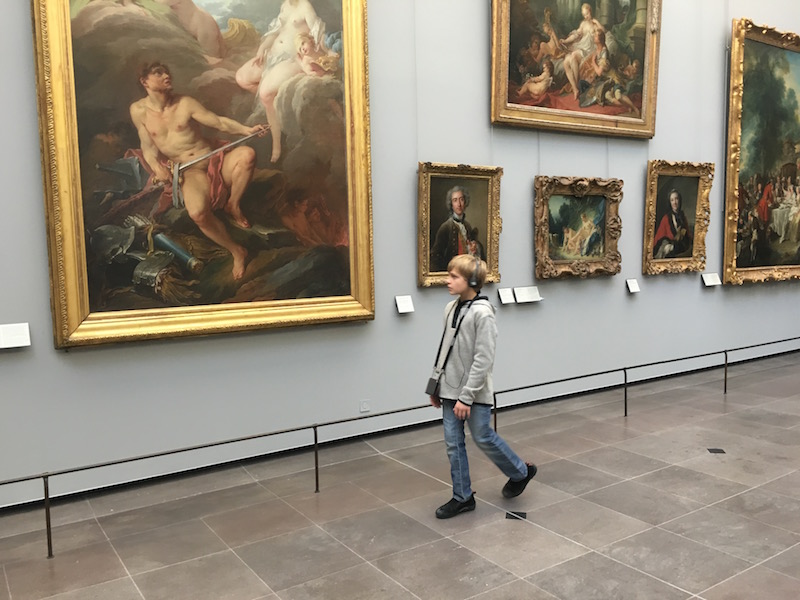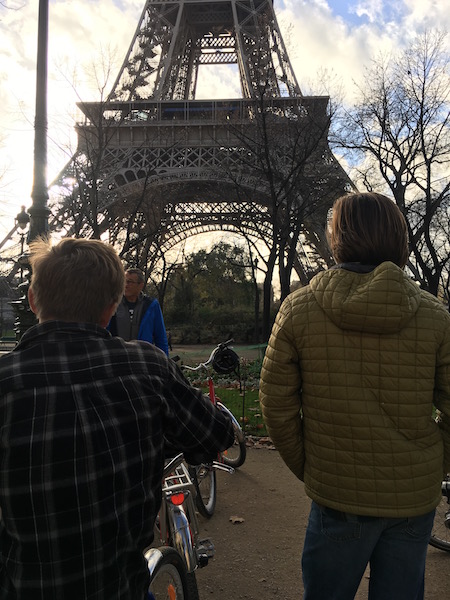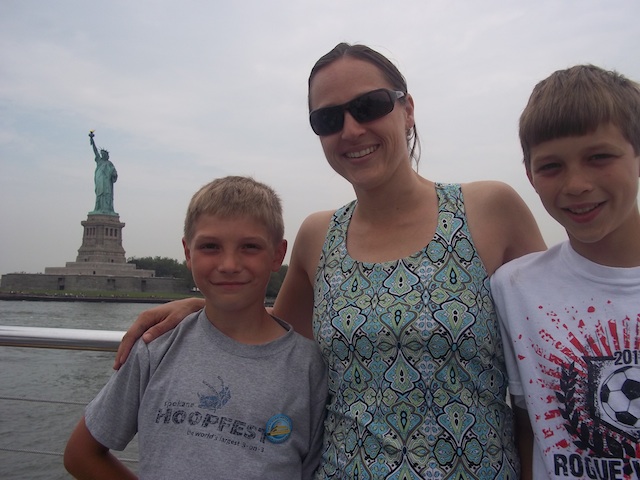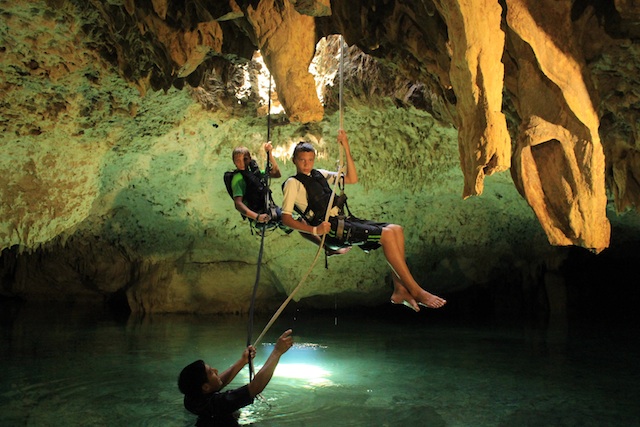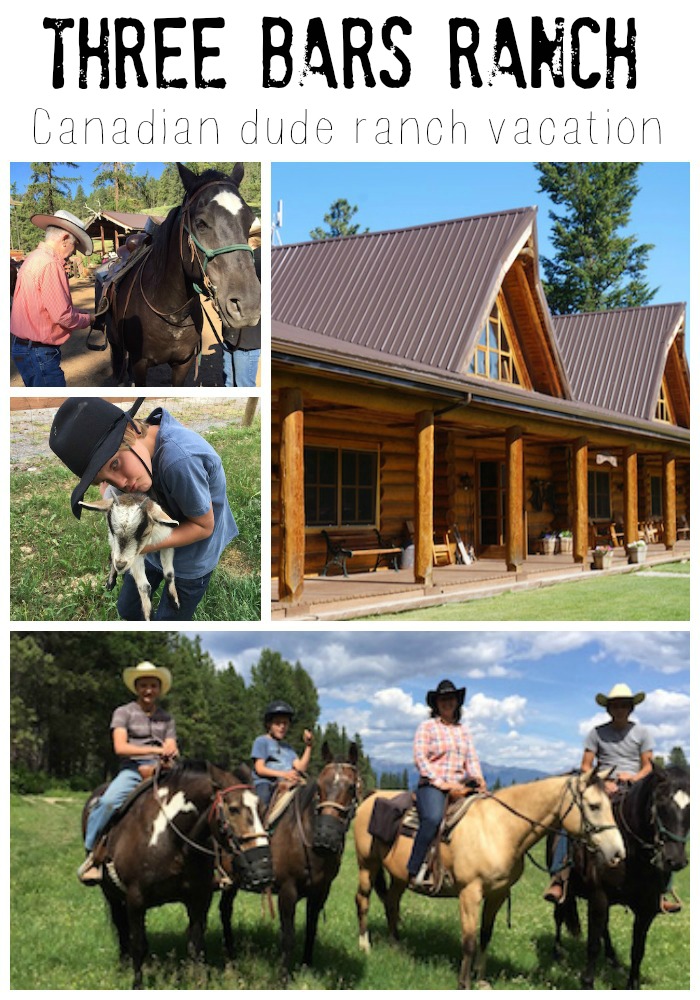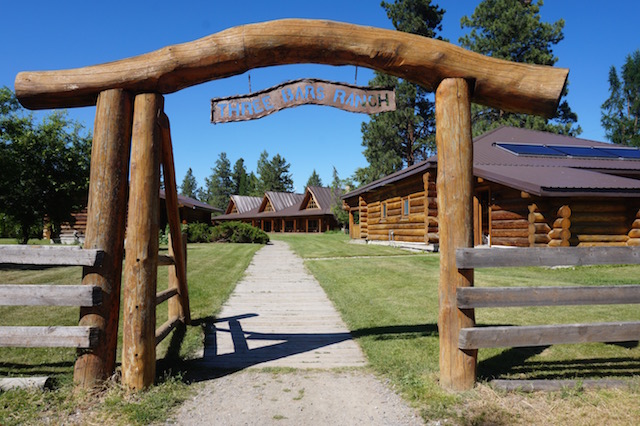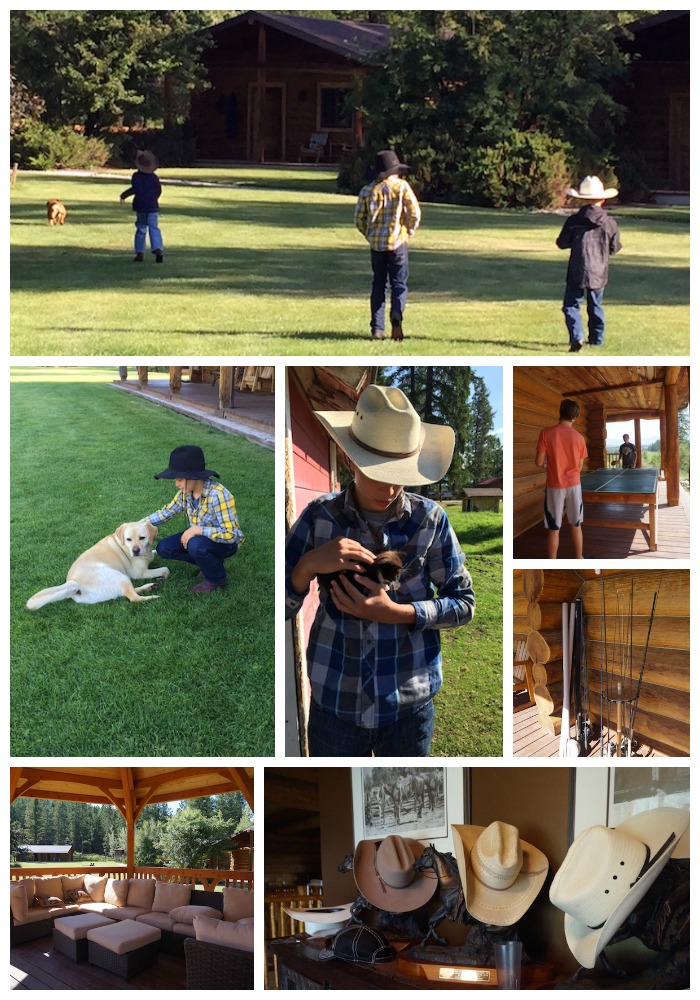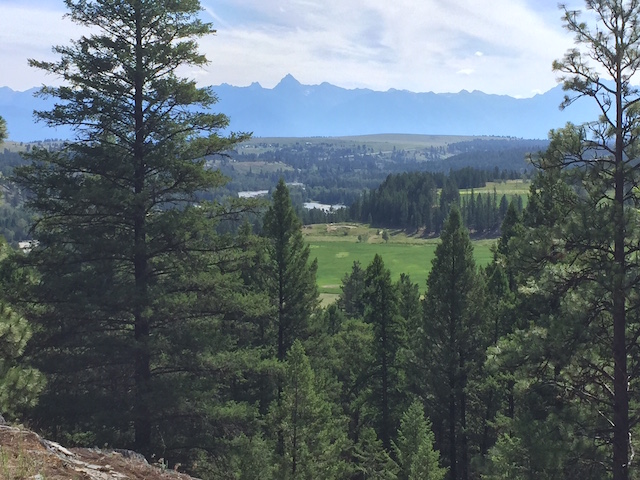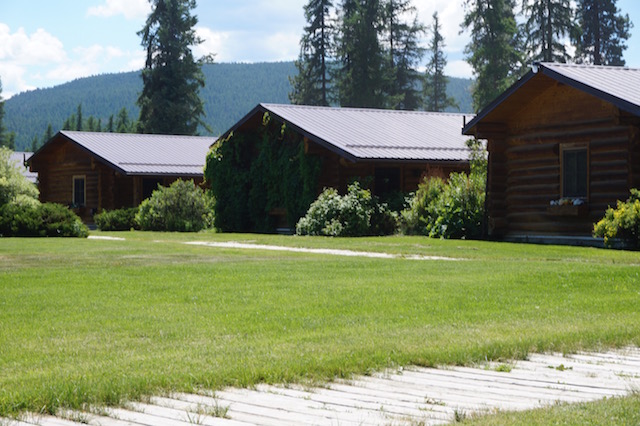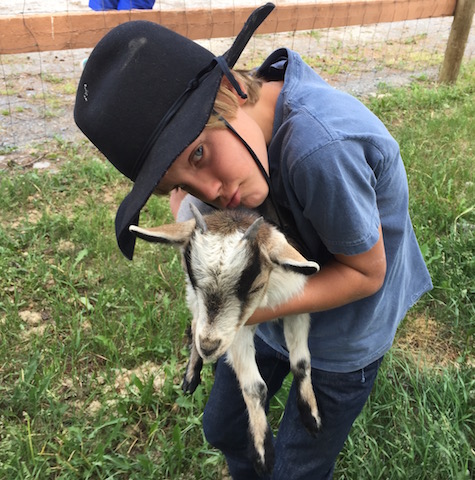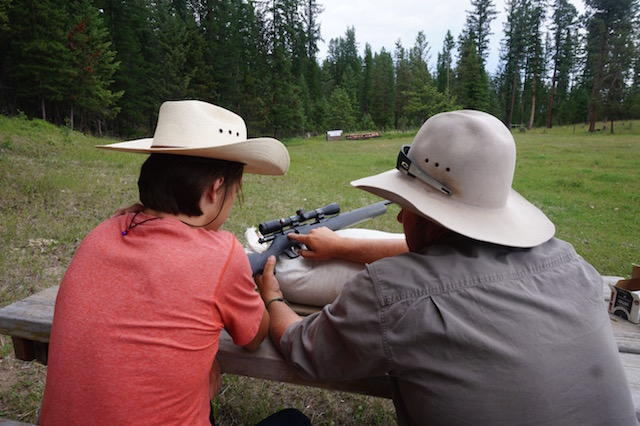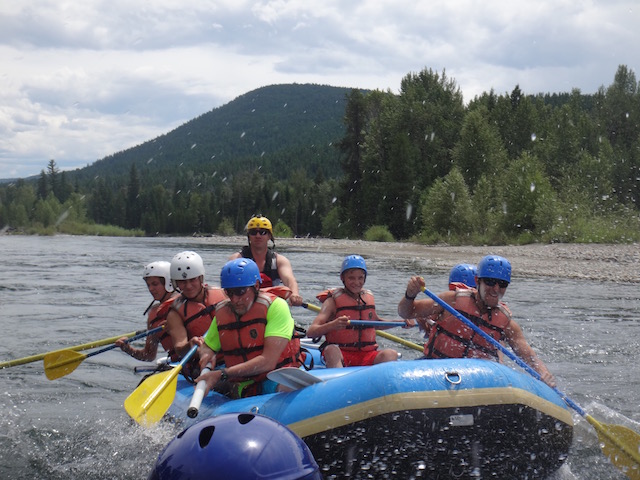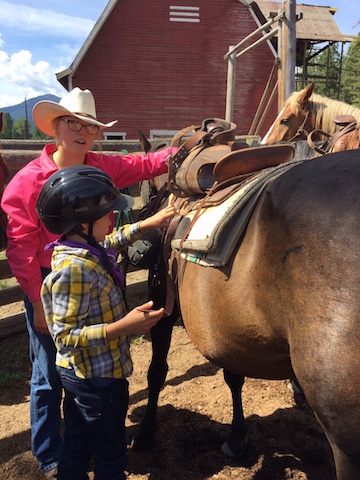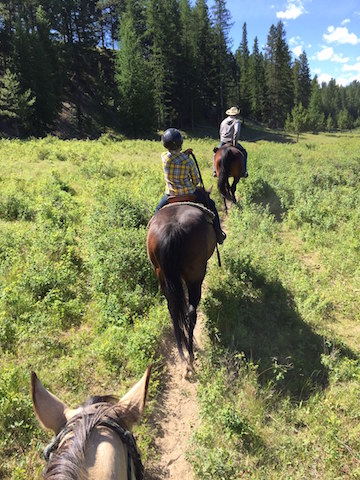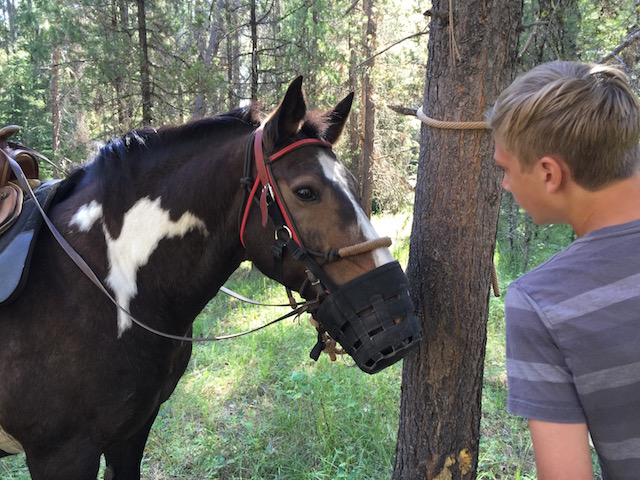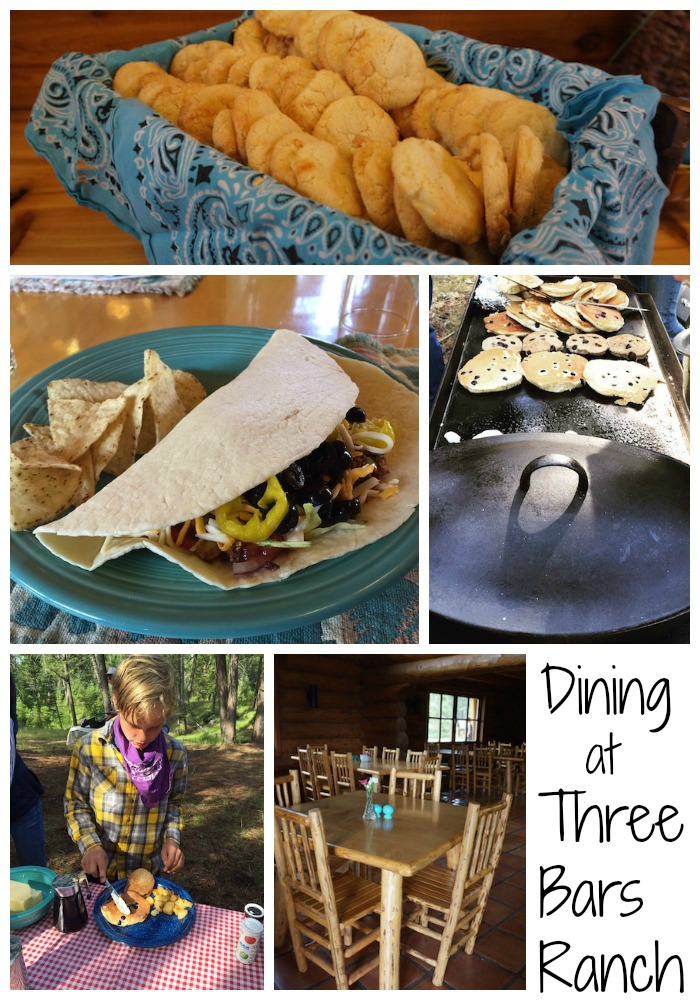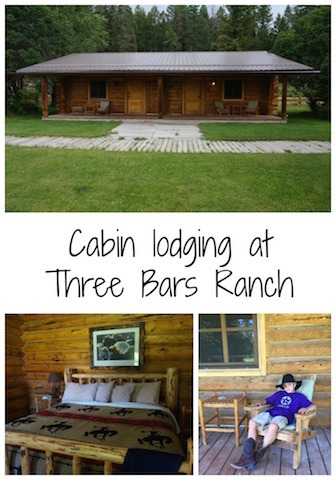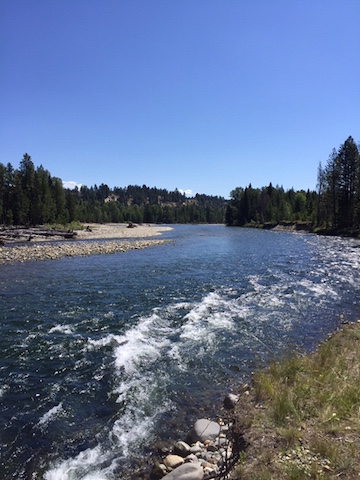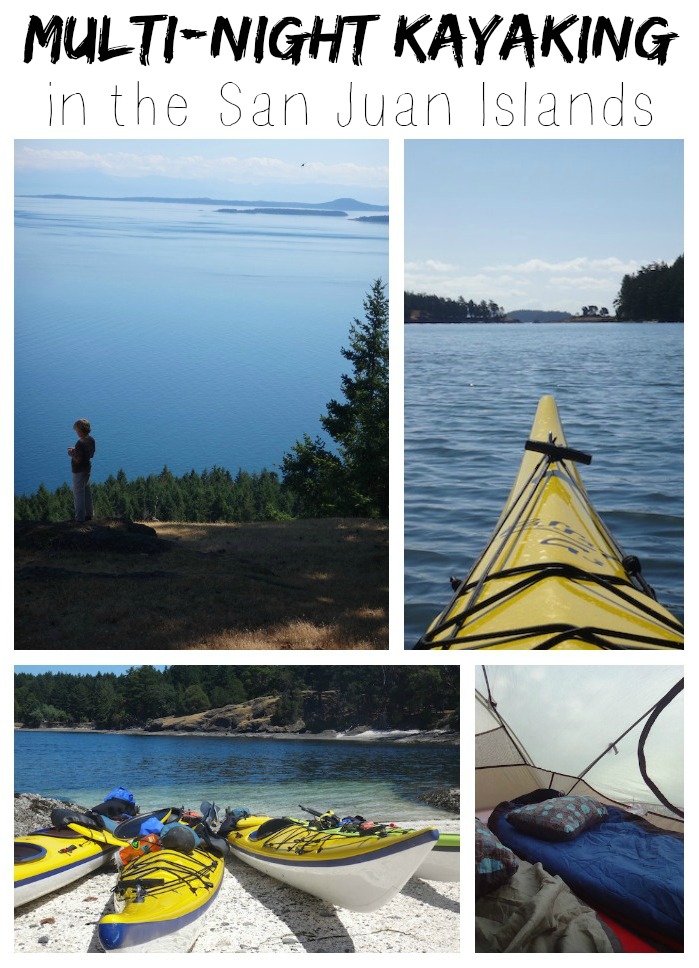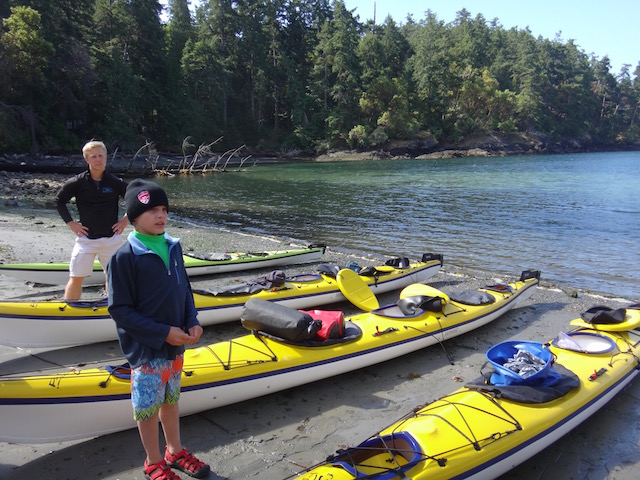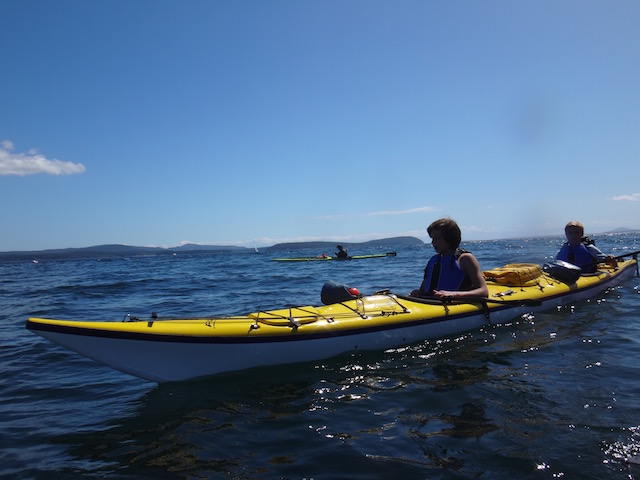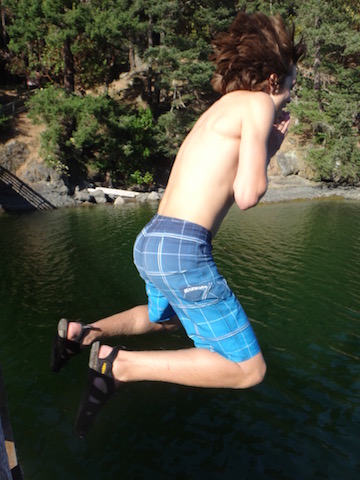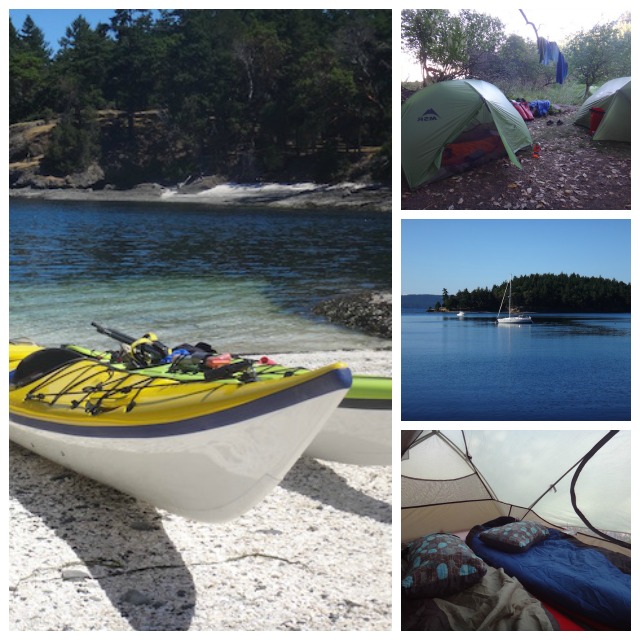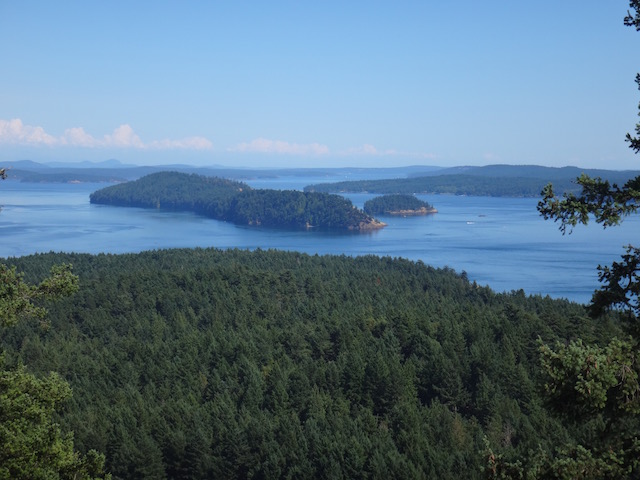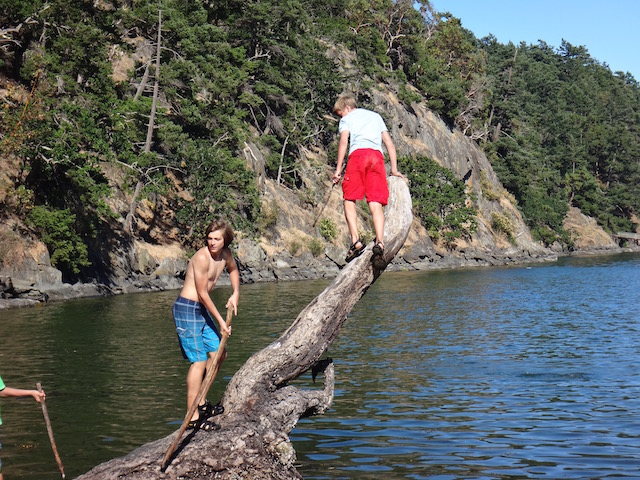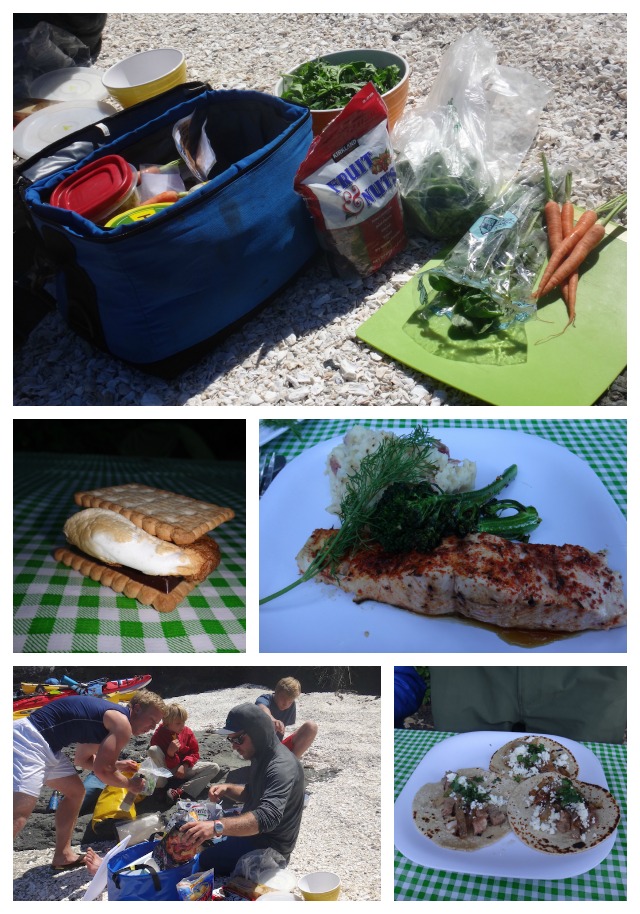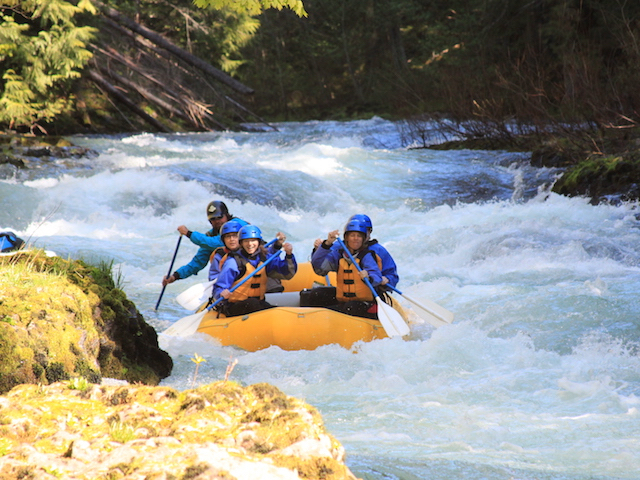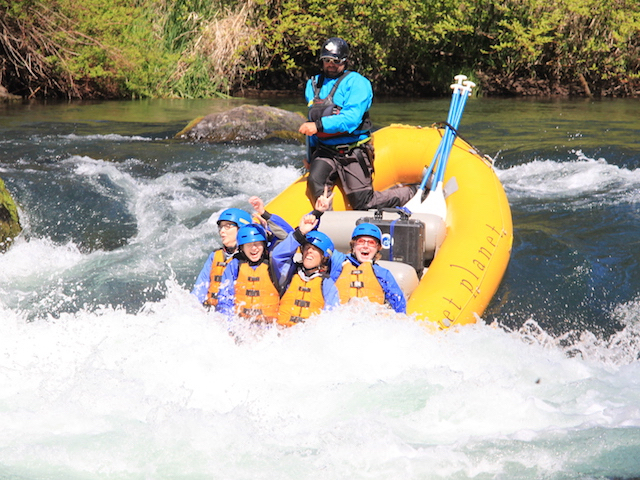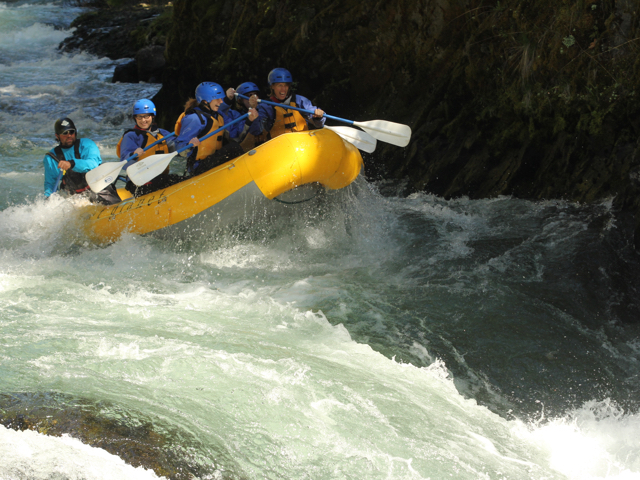While visiting Peru, I saw all the bucket-list sites I planned to see: Machu Picchu, the Incan towns of the Sacred Valley, and beautiful Cusco. I hiked, I took hundreds of photos, and I took in the colorful marketplaces Peru is known for. But in addition, I saw and experienced things I had no way of knowing I wanted—perhaps even needed—to see and do.
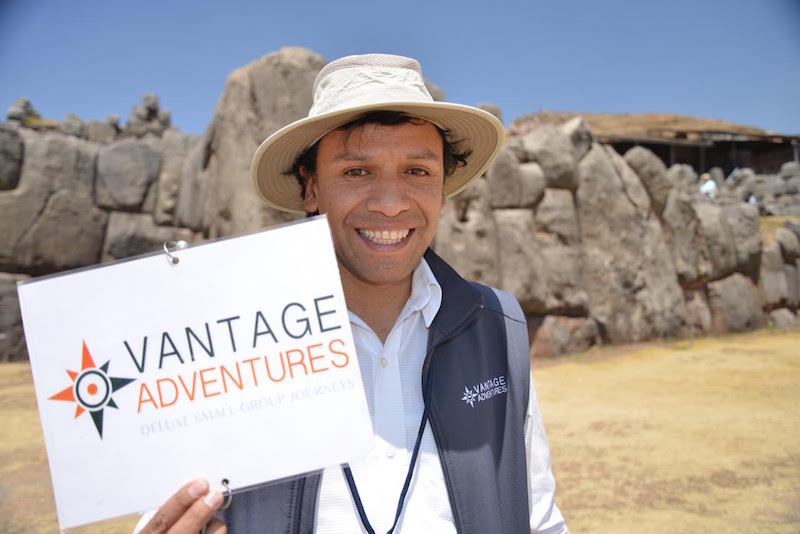
I met jewelers at Arte Magico employing skilled workers from outside the city, a spiritual healer of the Incan people, weavers from the traditional town of Chinchero, boys from the squatter neighborhoods on the hillsides who work at the public cemetery outside school hours to help provide for their family, and school children and teachers from the isolated highlands. I tasted the traditional food and drinks of Peru: chicha, cuy, quinoa soup, chicha morada, and pisco sour. I was invited into a family’s home, and was able to talk with locals about the issues that matter to them: their work, their families, and their politics.
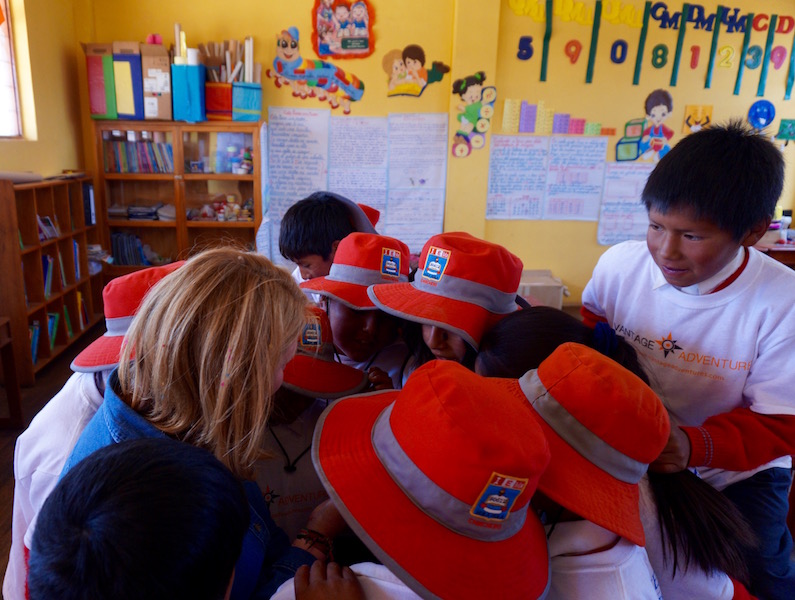
I was able to do all this because I was traveling with Vantage Adventures. Vantage is an established luxury small group travel company known for its European river cruises and five-star travel experiences, and in their new division of Vantage Adventures, they’re adding active, outdoor and adventure elements while retaining the type of rich cultural interactions I described above. I’ve traveled with several small group tour companies in places ranging from Alaska to the Dominican Republic, and none have offered the depth of immersion into a country as Vantage (though some have come close).
The Vantage Difference:
So how does Vantage do all this? There’s a magical ingredient in Vantage Adventures’ itineraries I’m going to call the Vantage Difference. In our itinerary of Peru, our Vantage Adventure Leader (head guide) Enrique went one step deeper into every stop.
When we were at Machu Picchu, he knew the history and archeological facts as well or better than any guide in the country. In Cusco (his hometown), he could show us the shops, restaurants, and ‘secret’ alleyways and side streets no one could have found on their own.
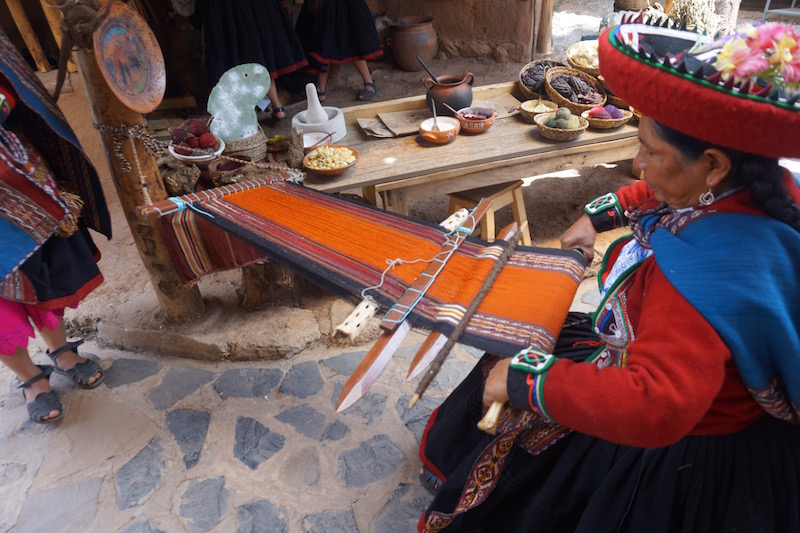
While touring the city’s impressive cathedrals, he shared the story of his own family’s Catholicism as it related to his Andean heritage. When sampling local foods and drinks, he gave anecdotes about his own childhood memories of these foods, tying the life of a Peruvian to the tastes and textures. He peppered every sight with a layer of history and culture, so that we came away with an understanding of not just the ancient Incan history, but of current day Incan values, considerations, and current events.
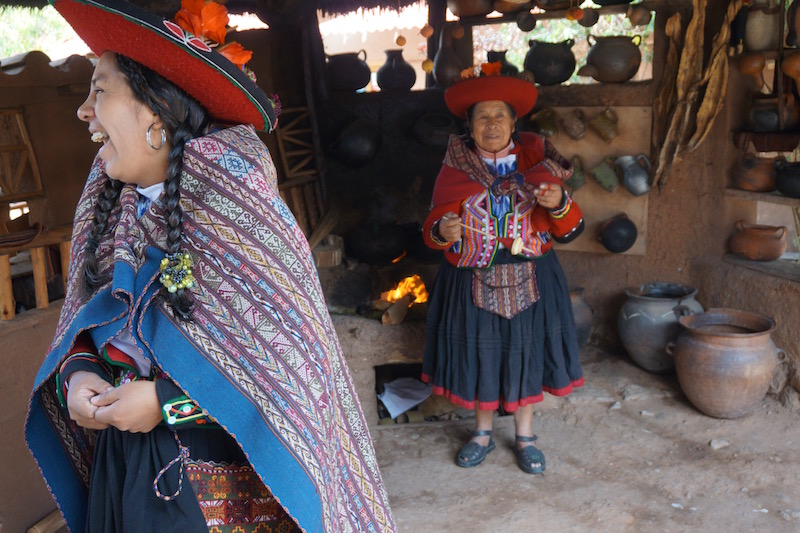
Traveling with Vantage Adventures is like traveling with a local…because you are.
Need an example? I have dozens, but here’s one that stands out: after touring a weaving cooperative in the Sacred Valley, we stopped at a local chicha shop near Ollantaytambo in the Sacred Valley. Enrique translated the local chicha maker’s explanation of how to make this fermented corn drink, and we sampled it…all part of our tour. But afterward, he took us out to the courtyard behind the shop where he taught us to play a traditional Peruvian bar game (you toss weighted coins at a frog’s mouth for points…an equivalent to playing darts in a bar in the States).
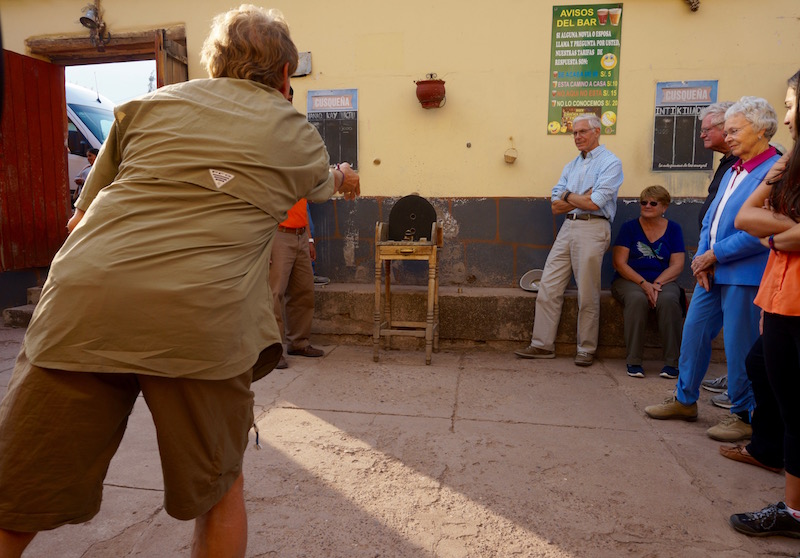
While we played the game, he related his memory of playing ‘frog’ with his father and grandfather, and overhearing them discuss the dangers of the cocaine industry regime in Peru of that time. A few days later, Enrique told us, his grandfather had been shot and killed by the terrorists; his father—a policeman—was forced to withdraw into his home for his safety not long after.
Hearing this story while drinking this Peruvian drink and playing the game so many locals have enjoyed for centuries not only helped us to know Enrique better…it helped us connect present-day Peru to the past, and enabled us to better understand what Peruvians want for their future. This is an experience I could not have manufactured on my own, no matter how many guidebooks I read or sights I saw.
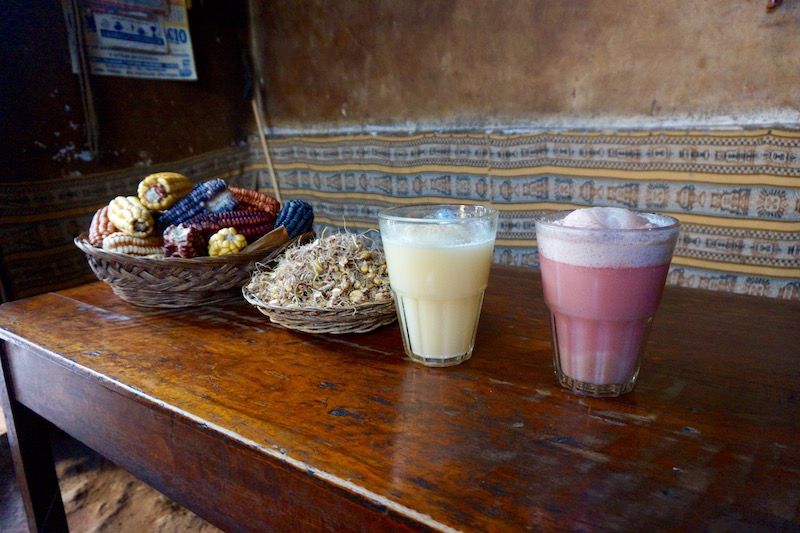
Vantage peace of mind:
The day we flew into Peru, the rural towns outside the city of Cusco began a farmers’ strike. Apparently somewhat common, this strike blocked off the roads leading from Cusco to the Sacred Valley. As a result, our entire itinerary had to be changed around on the fly. Vantage took this development in stride, re-structuring our itinerary in a way that felt seamless (but I know took a lot of organization on their part). Once the strike had officially ended, we took one of the roads in question to head to Machu Picchu. Unexpectedly, a rowdy group of lingering strikers ambushed our bus on the narrow road, throwing rocks and yelling. They’d blockaded the road with stones and rubble. Our guides and bus driver quickly accessed the situation, spoke to locals, and drove us swiftly to safety. We went to Plan C (remember, we were already on Plan B) to find an alternative route, then to Plan D when that plan was rendered useless as well by additional blockades. In the end, they got us to our destination by accessing local dirt roads over the Andes. After a somewhat harrowing (but totally exciting) ride over the mountains, we arrived at our luxury hotel, ready for Machu Picchu. While countless other tourists were stranded in Cusco, we enjoyed a day without crowds.
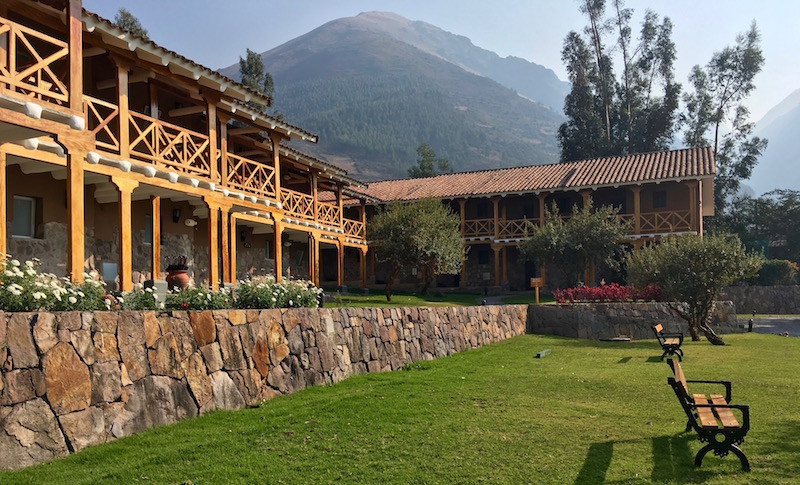
If I had been traveling without Vantage, there’s no way I would have known of alternative routes past the blockades. I would have been stuck outside of the Sacred Valley along with most other tourists. In that moment, I realized that while safe and friendly, Peru is a country of some unknowns, best explored with a local guide who can navigate.
Vantage Cares:
Peru has endured many dictatorships and terrorist regimes, and is a relatively new country to democracy. As a result, it is still a developing country in many ways. Tourism is a primary industry, and while tourist dollars alone assist Peru significantly, I was happy to hear about Vantage Cares. This program, in place on all Vantage Adventures, donates funds as well as on-the-ground assistance to worthy causes in each country Vantage visits.
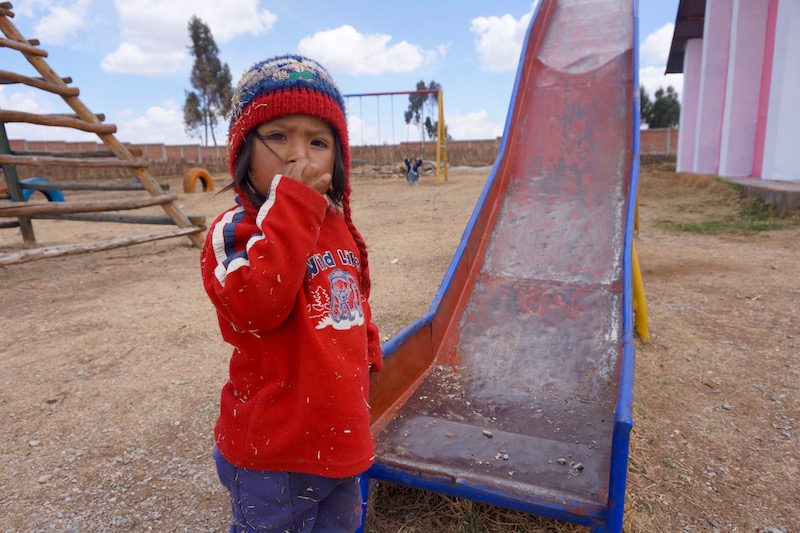
In Peru, Vantage Cares sponsors a rural school about 50 minutes from Cusco. Vantage works directly with school administers to understand the needs of the school, then creates projects our local adventure guides can particulate in. We visited the school, which had just gotten a fresh coat of paint. The teachers and parents cooked us a big welcoming meal, and the students swarmed us, excited to see foreigners. They performed songs and showed us their favorite playground games, and we toured their classrooms. This visit was a true highlight of my trip.
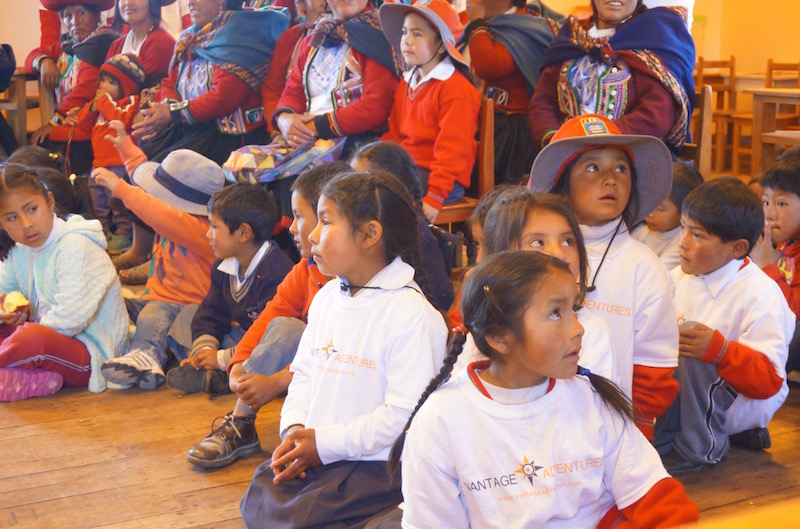
Thanks to my education of Peruvian culture and events from Enrique and my on-site visit for Vantage Cares, I came away from Peru with a far richer understanding and connection than I would have otherwise.
How to visit Peru with Vantage:
I recommend a trip to Peru for any active family with school-aged or teen kids. It’s a country filled with diverse landscapes, outdoor adventure, rich culture, and lively cities. Select a trip to get started. Before you depart, be sure to check out our tips for travel in Peru.
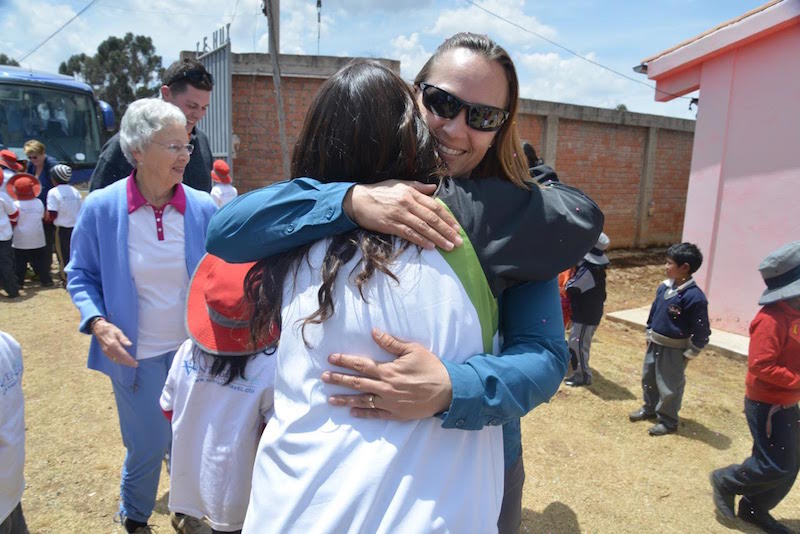
As I disclose whenever applicable, I went to Peru on a familiarization tour with Vantage for the purpose of review. Without these fact-finding missions, I would not be able to recommend travel options to my readers.
